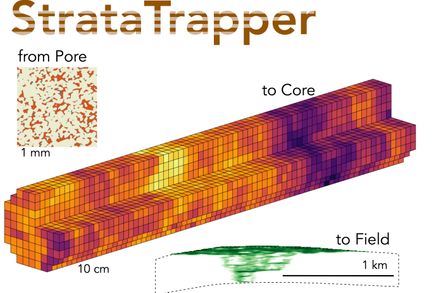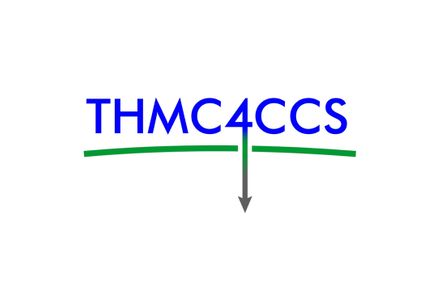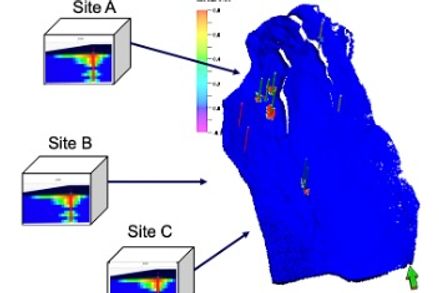BibTex format
@article{Al-Menhali:2016:10.1021/acs.est.5b05925,
author = {Al-Menhali, AS and Krevor, S},
doi = {10.1021/acs.est.5b05925},
journal = {Environmental Science & Technology},
pages = {2727--2734},
title = {Capillary trapping of CO2 in oil reservoirs: observations in a mixed-wet carbonate rock},
url = {http://dx.doi.org/10.1021/acs.est.5b05925},
volume = {50},
year = {2016}
}





